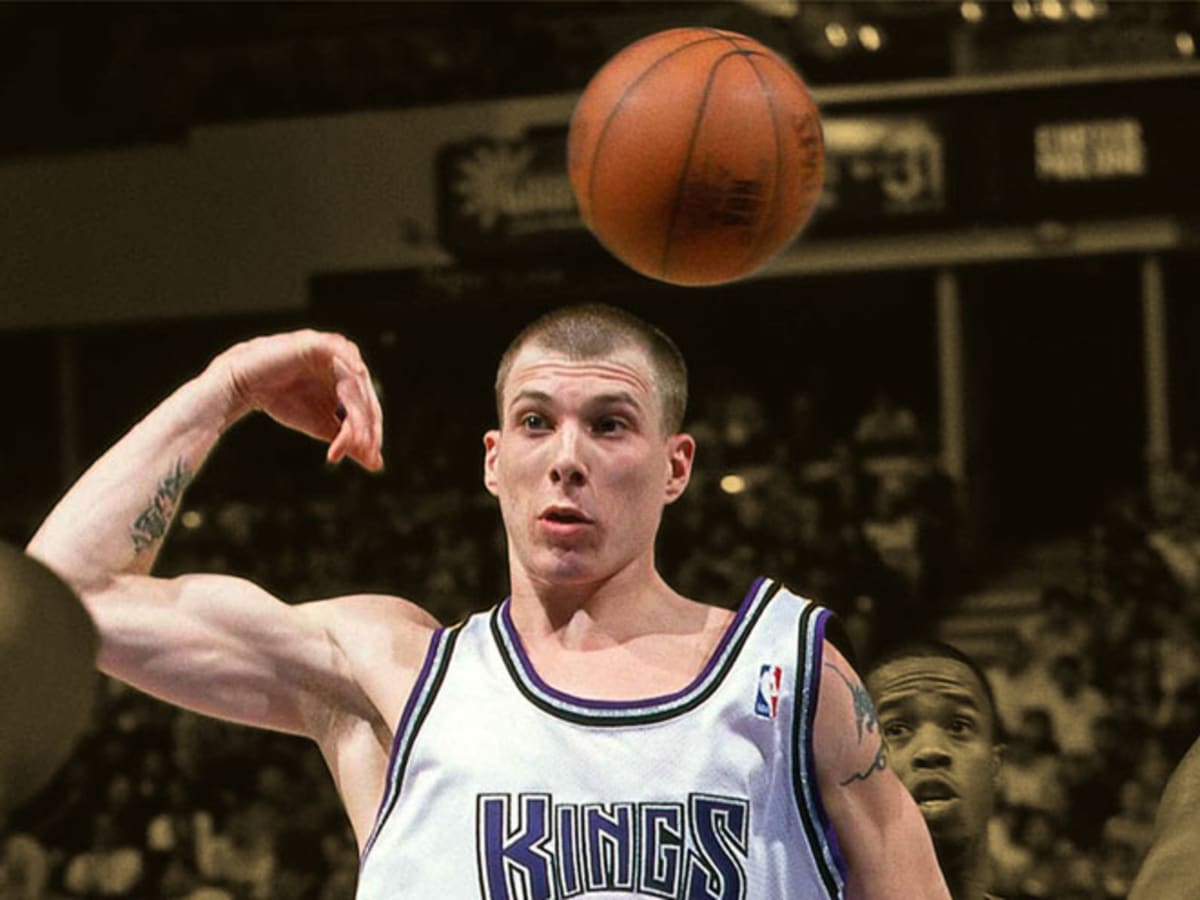The National Basketball Association and its fans have witnessed a true evolution of the point guard position throughout the years. Respective periods and eras promoted different prioritized values for the point guard of a team to embody, and different play styles for the PG to equip and adopt within their game.
As we continue to progress into a more modernized and skillfully advanced era of the sport of basketball, we have begun to lay certain expectations upon players that they may not have been held to in prior decades. In the modern day, it is almost impossible for an aspiring point guard to be given the keys to a franchise, or even simply a roster spot for that matter, without being able to shoot the ball, and do so efficiently. It is not difficult to understand why this is the case, as players like Stephen Curry and Damian Lillard have completely changed the way we perceive the PG position, and have set a new standard for what star point guards must be capable of achieving with the ball in their hands.
Has the Traditional Point Guard Build Been Abandoned?
Despite this being an extremely entertaining and high-intensity era for the point guard position, it also leaves me wondering if the newer generations of prospective basketball players have abandoned and left behind the magic and pride in being a true pass-first point guard. A point guard’s primary role used to be to provide and set the pace for their team, helping teammates space the floor and maintain a fluid yet periodical play style to combat opponent’s defenses. The point guard has always been tasked with breaking down another team’s defensive set-ups through adapting to adjustments on the go, identifying and exploiting the defense’s weaknesses, and selectively finding their teammates in their preferred spots on the court to help maximize the efficiency of the offense altogether.
Although it is true that we still see point guards showcasing their elite playmaking abilities today, it goes almost without saying that all of these point guards are prioritizing scoring and creating their own shots equally to or even more so than they do their playmaking responsibilities. Whether that is correct or incorrect to do is a completely different discussion, but with the direction that the NBA is headed in, it seems logical to assume that this is their way of ensuring that they do not fall behind, maintaining their positional importance whilst keeping up with the increasingly competitive dynamic of the league, and even more so on their journeys to it (high school, college, G League, overseas, AAU, etc).
As previously mentioned, this does create for entertaining basketball, but genuine fans of the sport like myself can agree that there is something truly mind blowing, and I’d say quite nostalgic these days, about seeing a player achieve star status and secure a pivotal role on a given franchise by being a traditional pass-first point guard. This does not mean that the player should not develop and equip themselves with other offensive abilities such as versatility in their scoring, but simply that their playmaking alone already sets them above many others who qualify for that position. Over time, there have been a fair share of traditional point guards that have graced the hardwood floors of the NBA, and have provided us with magical moments that the average viewer has seemingly lost interest and care for in recent times.
Long-career talents such as Rajon Rondo, Jason Kidd, Steve Nash, and John Stockton, as well as shorter-lived careers such as that of Jason Williams or Miloš Teodosić, are all examples of players who made playmaking and running an offense an absolute art. We have legendary PGs such as Russell Westbrook and Chris Paul still in the league displaying their unique playmaking talent; and we have up-and-coming playmaking superstars that are continuing to keep some of that artistic touch alive (albeit whilst prioritizing scoring just as highly) such as Tyrese Haliburton who has posted multiple 20 assist games this season alone, Trae Young who has averaged over 8 assists every season since stepping foot in the league (averaging 10+ in the last two seasons), and Luka Dončić who has already left his print on the basketball world as one of the most naturally gifted playmaking talents we have ever seen.
We may very well continue to watch the point guard position change and shift as time progresses, with new approaches to the game from that position emerging while others fade away. However, there is one thing I can say with certainty. The art of playmaking as a point guard, pulling the strings to an entire offense night in and night out, and effortlessly contributing to a team’s success without having to put the ball through the basket yourself, will forever be an ability that I and many other true basketball fans alike will appreciate.









































